Get MYLO APP
Install Mylo app Now and unlock new features
💰 Extra 20% OFF on 1st purchase
🥗 Get Diet Chart for your little one
📈 Track your baby’s growth
👩⚕️ Get daily tips
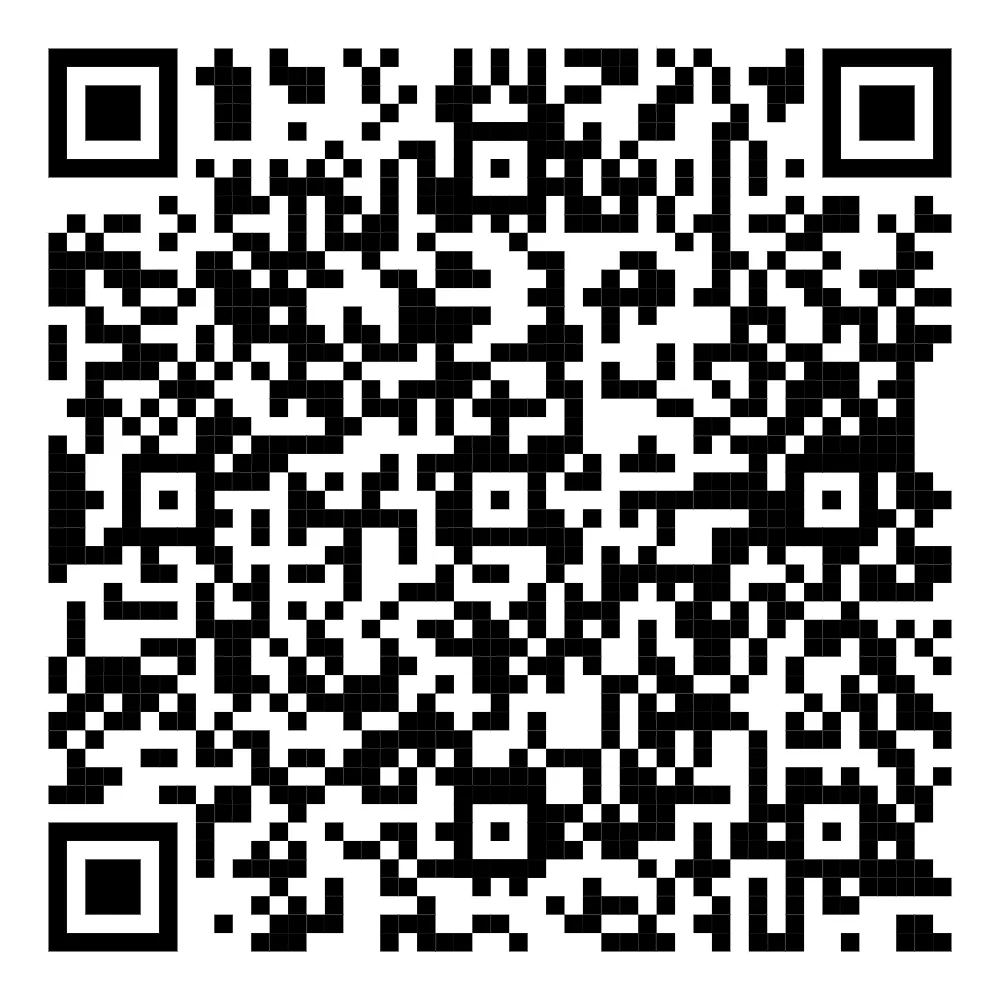
OR


Article Continues below advertisement
- Home

- Care for Baby

- How to Make Kajal at Home for Babies?
In this Article
- Why and How Kajal is Used on Babies?
- What are the Benefits of Using Homemade Kajal for Babies?
- 1. Goodness of natural ingredients
- 2. Lower risk of irritation or allergy
- 3. Healthy for baby’s eyes
- 4. Economical
- 5. Peace of mind
- How to Make Kajal for Newborn Baby at Home?
- 1. Collect the ingredients
- 2. Prepare the wick
- 3. Assemble the diya and utensils
- 4. Collect the soot
- 5. Scrape the soot
- 6. Mix with ghee and almond oil
- Key Takeaways
Care for Baby
 91
91How to Make Kajal at Home for Babies?
Updated on 30 May 2024
Applying kajal to a baby’s eyes, forehead or behind the ear is an age-old tradition passed down through generations. As a new parent, you too may want to continue this legacy with your little one. However, concerns about harmful additives in commercial kajal may make you hesitant to use it on your baby's delicate skin. This may spark your curiosity about how to make kajal at home for babies.
If you’re wondering how to make kajal for newborn baby at home, then you’ve come to the right place. In this article, we will not only learn making kajal for babies at home but also discuss the benefits of homemade kajal for babies and the reasons for applying it.
Why and How Kajal is Used on Babies?
As per our Indian tradition, kajal was considered to ward off evil eye and bring good fortune. Consequently, elders insisted on applying kajal to newborn babies to protect them. Additionally, it was believed that kajal protected the eyes from environmental factors and infections. Lastly, kajal has always been considered like an ornament for the eyes as it helps enhance their beauty.
Article continues below advertisment
Due to these reasons and many others, kajal is applied to babies, usually in their lower eyelids. Alternatively, a dot of kajal can be applied on the forehead, behind the ear, neck or the sole of the foot of babies. Whether you choose to apply kajal in your baby’s eyes or on their skin, it’s important to use a safe and natural kajal.
You may also like: Is Baby Kajal Safe for Your Little One’s Eyes?
What are the Benefits of Using Homemade Kajal for Babies?
Here are some of the benefits you can expect from using homemade kajal for newborn baby:
1. Goodness of natural ingredients
When you venture to make kajal at home, you source safe and natural ingredients for your baby. Commonly used ingredients in homemade kajal include almonds, ghee, sandalwood, saffron etc. This way you prevent exposing your baby to any artificial or harsh additives that may be used in a commercial kajal.
2. Lower risk of irritation or allergy
Since homemade kajal is made with clean and natural ingredients, it significantly reduces the risk of skin irritation or allergic reactions in your baby. It is much safer for your baby’s sensitive skin and eyes.
Article continues below advertisment
3. Healthy for baby’s eyes
The ingredients used in homemade kajal can be beneficial for your baby’s eyes as they hydrate the eyes, have a cooling effect on them and keep them clean. This can support the visual development of your baby.
You may also like: When Do Babies Make Eye Contact: Keeping an Eye on Important Milestones
4. Economical
By making kajal for your baby at home, you also save money that you would have spent on high-quality, organic store-bought kajal. Most of the ingredients used in a homemade kajal can easily be found in our kitchen.
5. Peace of mind
Most of all, a kajal you created with your hands will give you the peace of mind that the ingredients that went into making the kajal are safe for your little one. You can apply it to your baby without a worry in the world. It can be your own way of upholding the tradition while also keeping your baby safe.
How to Make Kajal for Newborn Baby at Home?
Now, let’s finally understand how to make kajal at home for babies. Here’s a step-by-step guide that you can follow:
Article continues below advertisment
1. Collect the ingredients
Firstly, gather all the ingredients and materials you will need. This includes:
-
1 small diya (clay lamp)
-
1 piece of cotton
-
Ghee (clarified butter)
-
Almonds
Article continues below advertisment
-
Sandalwood paste
-
Almond oil
-
1 copper plate
-
2 small glasses
-
1 clean airtight container for storage
Article continues below advertisment
2. Prepare the wick
Once you have all materials close by, start by preparing the wick. Dip the piece of cotton into sandalwood paste and let it dry. Once it’s dry, fill the cotton piece with some crushed almonds and roll it to form a wick.
3. Assemble the diya and utensils
Fill the diya with ghee and soak the wick with some ghee before placing it inside the diya. Then, place the two small glasses on either side of the diya and the copper plate over the glasses. Finally, light the diya.
4. Collect the soot
Once the diya is lit, you will see as the almonds burn in its flame, soot will start to collect on the underside of the plate. Let the soot collect for about 15-20 minutes or until the diya doesn't extinguish.
5. Scrape the soot
Allow the copper plate to cool down before taking it off the glasses and turning it around. Once cooled, gently scrape the soot off the plate using a spoon, fork or knife in a clean, empty container.
6. Mix with ghee and almond oil
Once you’ve scraped and collected all the soot, add a few drops of ghee and almond oil. This will help bind the soot and give it moisturizing properties. Your homemade kajal is now ready. Store it in an airtight container to increase its longevity.
Article continues below advertisment
If you want your baby to reap the benefits of a homemade kajal but can’t find the time, energy or resources to make one, you can try Mylo Baby Kajal. 100% natural and safe, our baby kajal is made with vegetable carbon black, pure cow ghee, almond oil, coconut oil and rose oil. It’s long-lasting and smudge-proof formula soothes dry eyes, relieves inflammation and keeps the eyes cool and clean.
Key Takeaways
Balancing a chord between traditional customs and your baby’s safety can be hard at times. But by learning how to make kajal at home for babies, you are one step closer to finding the balance. The benefits of homemade kajal for babies are plenty but keep an eye out for any irritation or allergic reaction that may occur. At the end of the day, your baby’s safety is paramount to you and us. Here’s to raising happy babies!



Written by
Anupama Chadha
Anupama Chadha, born and raised in Delhi is a content writer who has written extensively for industries such as HR, Healthcare, Finance, Retail and Tech.
Read MoreGet baby's diet chart, and growth tips
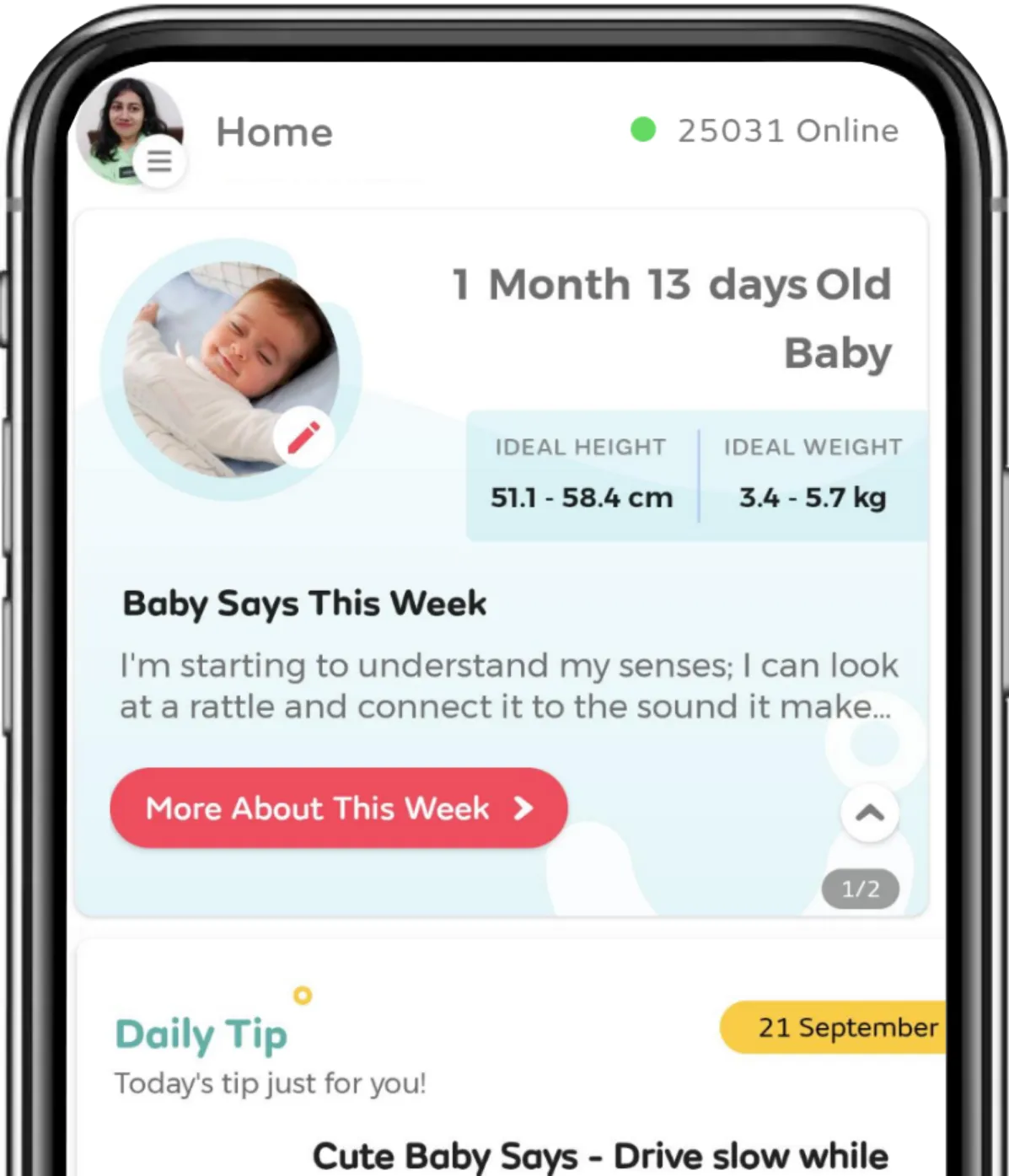
Related Articles
Understanding RSV And Its Long-Term Impact On Lung Health In Preterm Infants
Preventing Respiratory Syncytial Virus (RSV) In Preemies: Essential Steps For New Parents
How Respiratory Syncytial Virus (RSV) Impacts Premature Babies Differently: What Every Parent Needs To Know
Adverbs: A Comprehensive Guide to help small children learn the usage of adverbs
Related Questions
Hello frnds..still no pain...doctor said head fix nhi hua hai..bt vagina me pain hai aur back pain bhi... anyone having same issues??
733 views
Kon kon c chije aisi hai jo pregnancy mei gas acidity jalan karti hain... Koi btayega plz bcz mujhe aksar khane ke baad hi samagh aata hai ki is chij se gas acidity jalan ho gyi hai. Please share your knowledge
744 views
I am 13 week pregnancy. Anyone having Storione-xt tablet. It better to have morning or night ???
737 views
Hlo to be moms....i hv a query...in my 9.5 wk i feel body joint pain like in ankle, knee, wrist, shoulder, toes....pain intensity is high...i cnt sleep....what should i do pls help....cn i cosult my doc.
746 views
Influenza and boostrix injection kisiko laga hai kya 8 month pregnancy me and q lagta hai ye plz reply me
749 views
Related Topics
RECENTLY PUBLISHED ARTICLES
our most recent articles
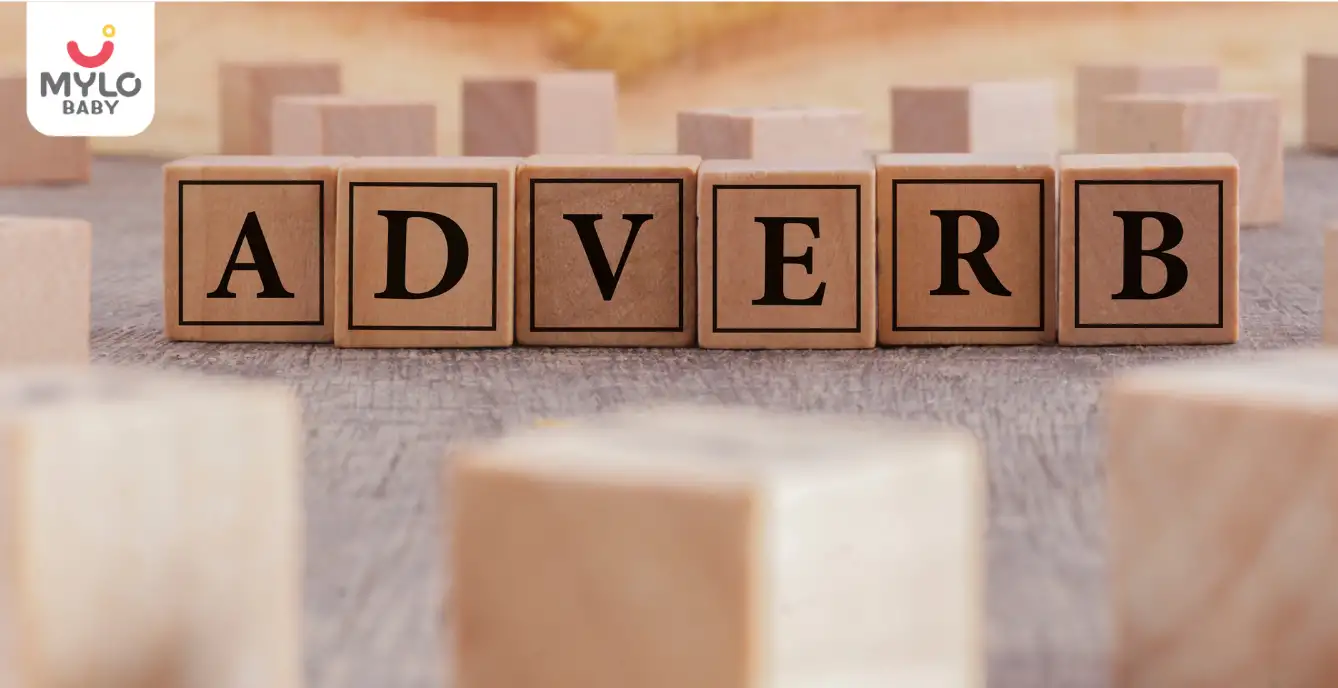
Early Education
Adverbs: A Comprehensive Guide to help small children learn the usage of adverbs
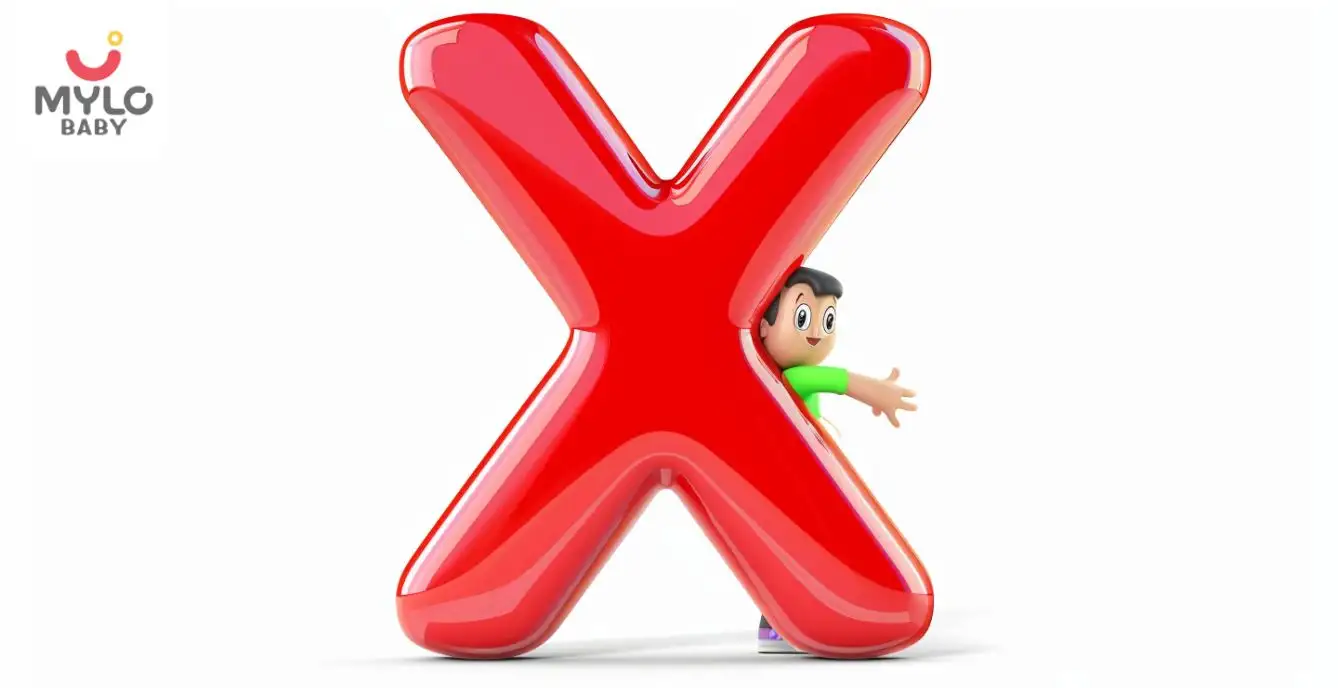
Early Education
Expand Your Child's Vocabulary with words that start with X: Easy, Positive, and Engaging Words, Animals, Countries, and Fruits
(42 Views)
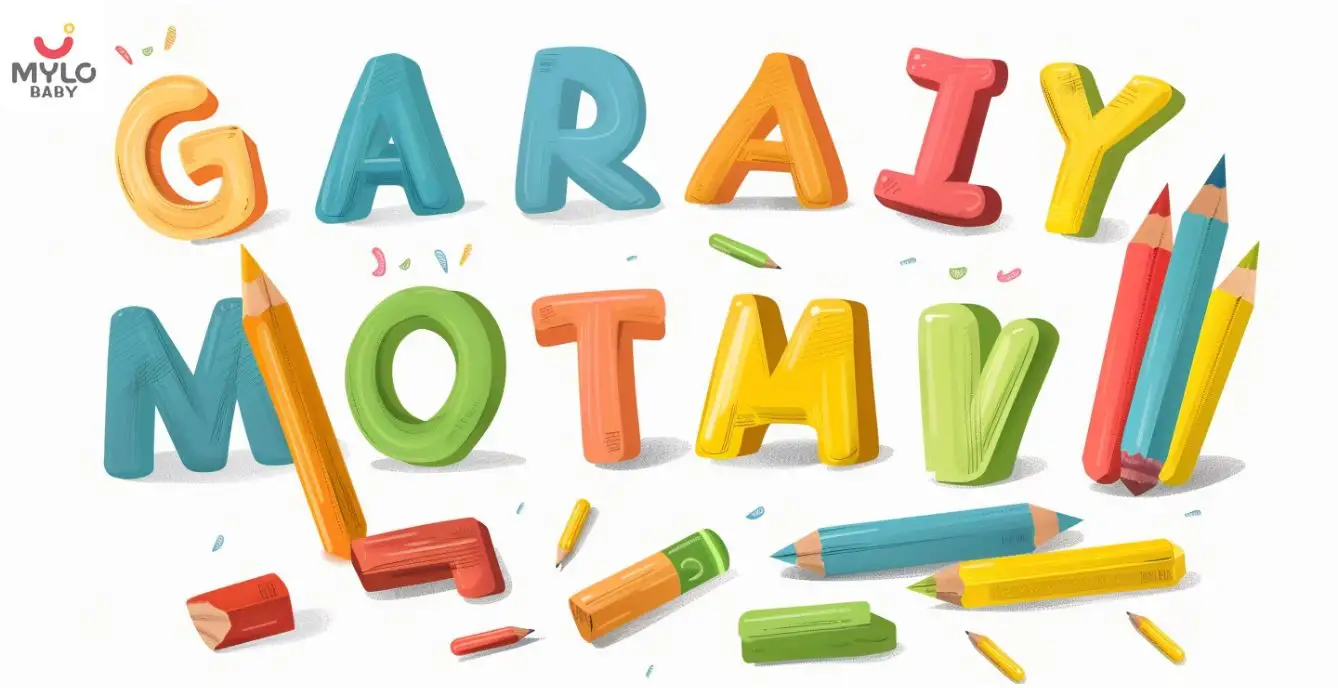
Early Education
Unlocking Language Proficiency: The Ultimate Guide to Top 100 Sight Words for Kindergarten and Beyond
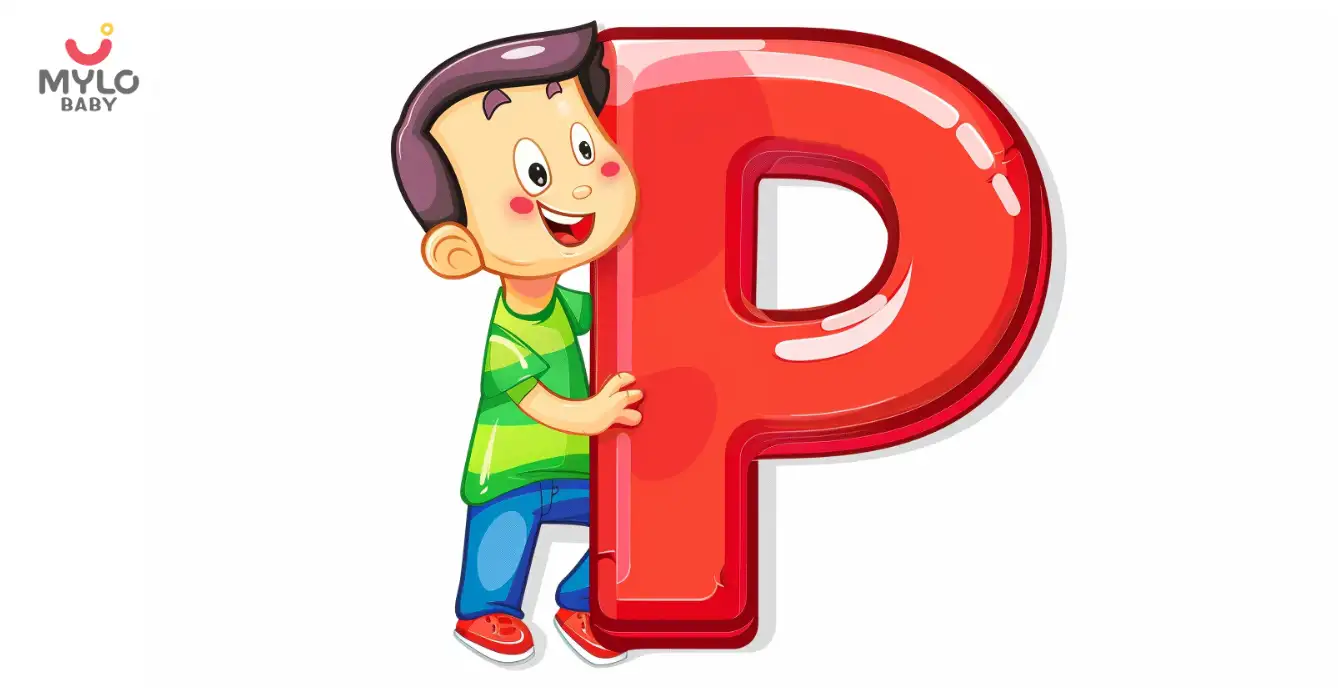
Early Education
Exploring Common Words that Start with P to Enhance Vocabulary in Small Children
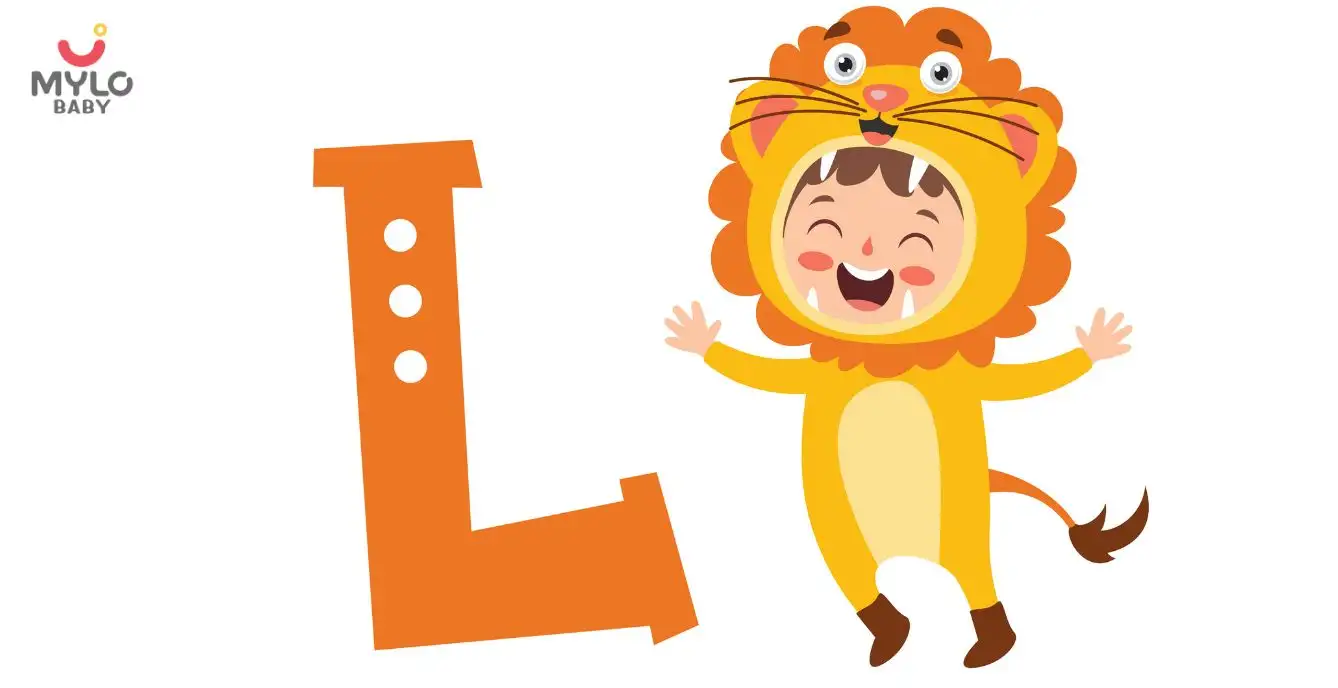
Early Education
100+ Common Words that start with L to Enhance the Vocabulary of Small Children
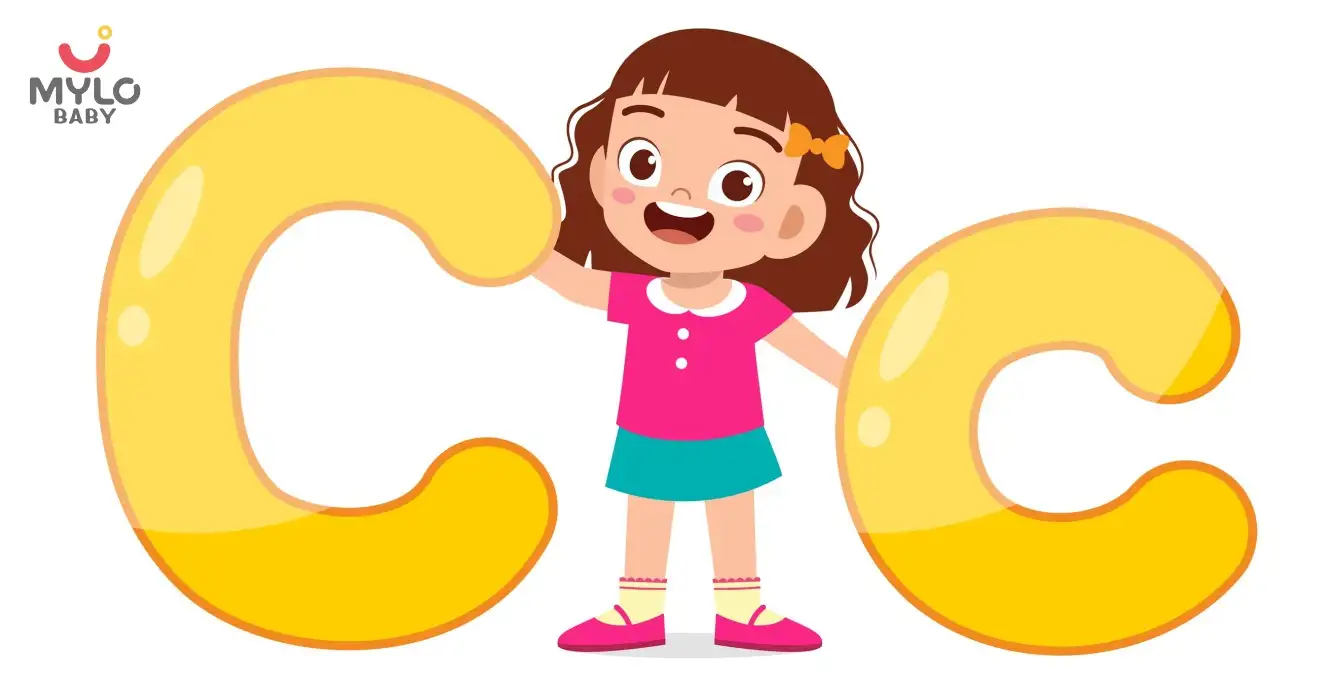
Early Education
100 Common Words that start with 'C' for Small Children
(168 Views)
- List of 100+ Common Words that start with 'D' for Small Children
- Top 100 Baby Girl Names 2024
- The Ultimate Collection of Muslim Baby Girl Names and Their Meanings 2024.
- Top 100 Baby Boy Names 2024
- 100+ Collection of Baby Boy Names Hindu and Their Meanings 2024
- The Ultimate Collection of Baby Girl Names Indian 2024
- 100 Common Words that start with 'S' for enhancing vocabulary in small children
- List of Most Common Words that start with v for small children
- Common Words that start with n for enhancing learning in small children
- Words that start with O for early learning in small kids
- 100 Common words that start with 'R' for Small Kids
- 100 Common words that start with 'U' for Small Kids
- Common words that start with Y for Vocabulary Enhancement in Small Children
- List of Common Q Words to Enhance Small Children's Vocabulary


AWARDS AND RECOGNITION
Mylo wins Forbes D2C Disruptor award
Mylo wins The Economic Times Promising Brands 2022
AS SEEN IN
















At Mylo, we help young parents raise happy and healthy families with our innovative new-age solutions:
- Mylo Care: Effective and science-backed personal care and wellness solutions for a joyful you.
- Mylo Baby: Science-backed, gentle and effective personal care & hygiene range for your little one.
- Mylo Community: Trusted and empathetic community of 10mn+ parents and experts.
Product Categories
baby carrier | baby soap | baby wipes | stretch marks cream | baby cream | baby shampoo | baby massage oil | baby hair oil | stretch marks oil | baby body wash | baby powder | baby lotion | diaper rash cream | newborn diapers | teether | baby kajal | baby diapers | cloth diapers |











